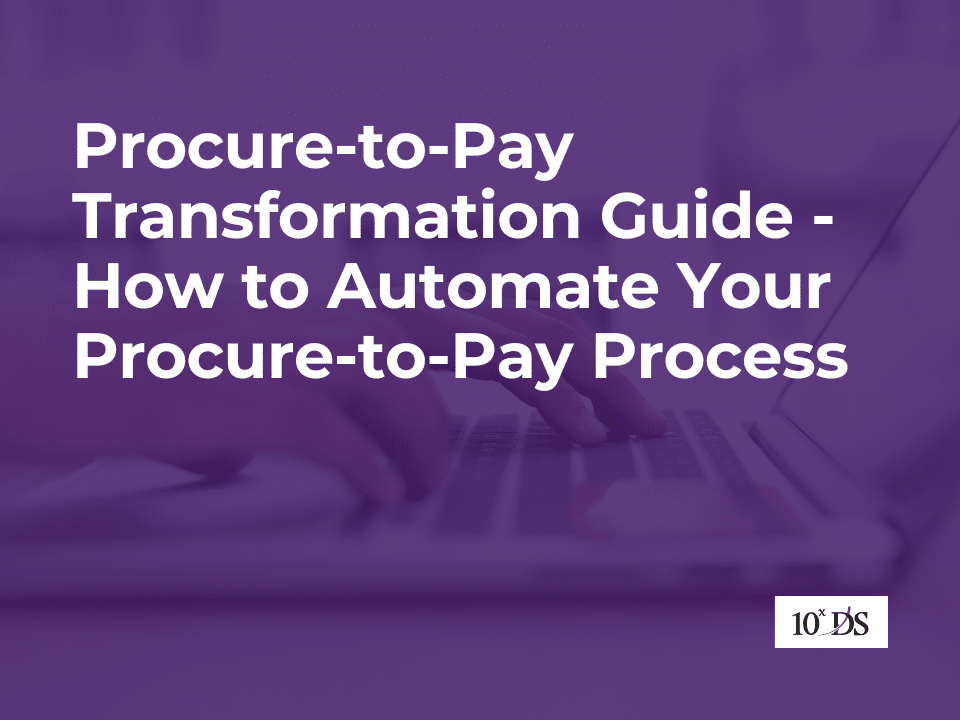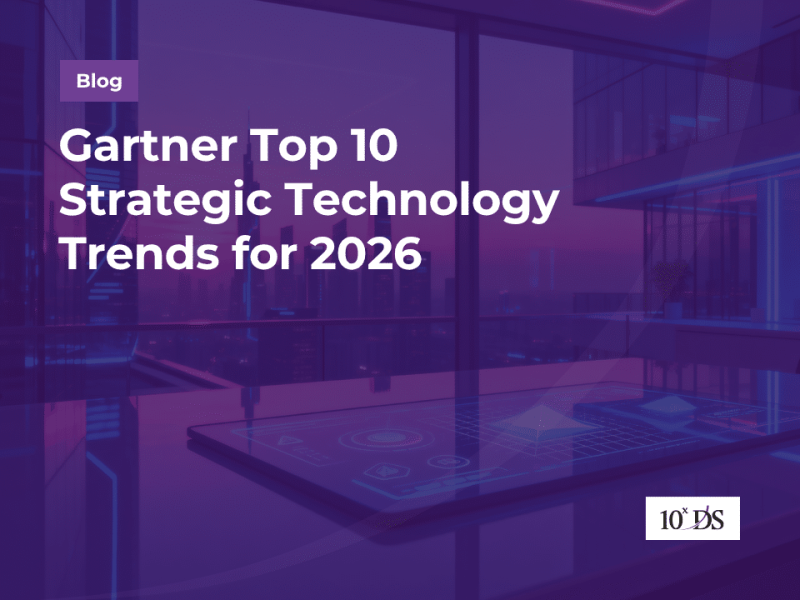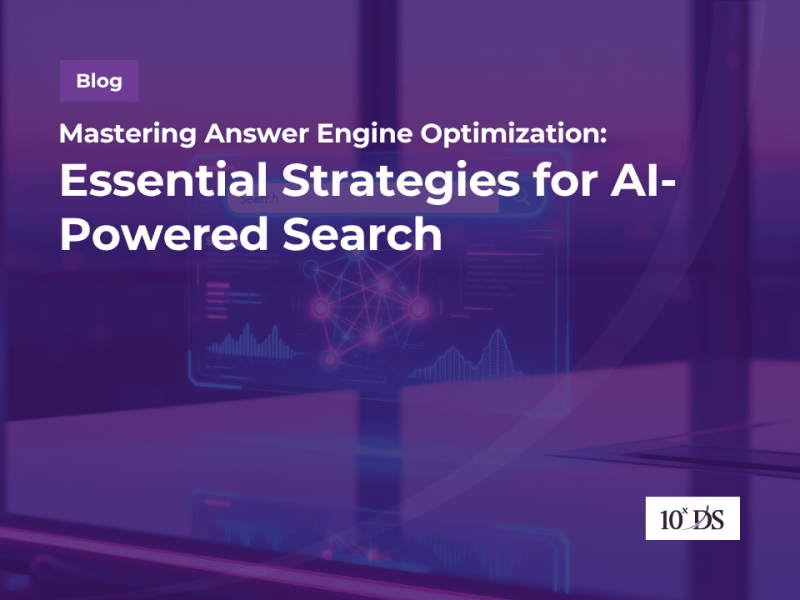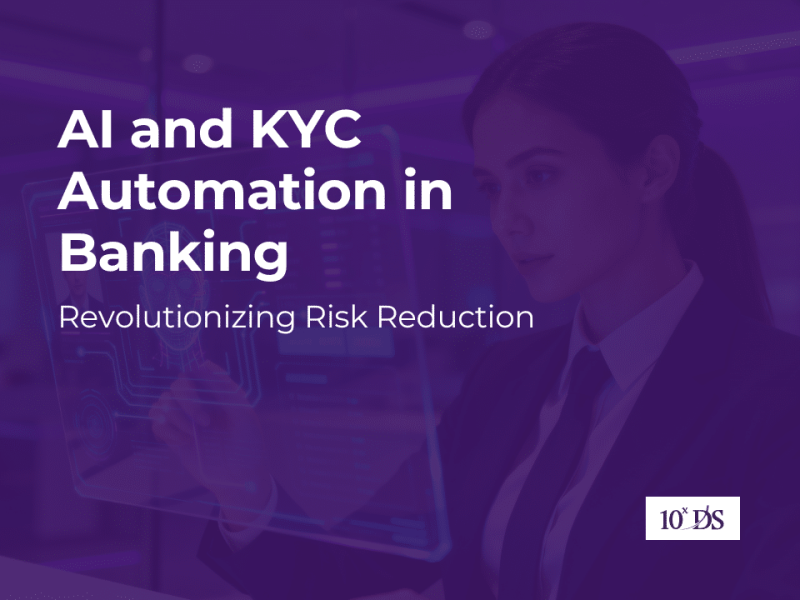
Procure-to-Pay Transformation Guide – How to Automate Your Procure-to-Pay Process
In today’s competitive and fast-paced business environment, the efficiency of back-office operations is no longer a convenience but a strategic necessity. One of the most critical—and traditionally cumbersome—areas for many organizations is the procure-to-pay (P2P) process. Managing everything from purchase requisitions and vendor selection to invoice approvals and payment processing requires coordination between multiple departments and systems. Manual handling of these tasks often results in delays, errors, and missed opportunities for cost savings. Fortunately, the rise of procure to pay automation offers a comprehensive solution to streamline and optimize the entire P2P cycle.
Why Procure-to-Pay Processes Must Evolve
The traditional P2P workflow typically involves a series of discrete, often disconnected steps. Employees submit purchase requisitions that must be manually reviewed and approved. Purchase orders are then generated, vendors are selected, and orders are fulfilled. Once the goods or services are received, invoices must be matched against purchase orders and goods receipts before payments are issued. This chain of actions, while fundamental to day-to-day operations, is fraught with opportunities for human error, delayed approvals, and compliance challenges.
For companies striving to reduce operational costs, improve vendor relationships, and increase visibility into spending patterns, relying on manual processes is no longer sustainable. Procure to pay automation replaces tedious, repetitive tasks with technology-driven solutions that not only improve efficiency but also ensure greater accuracy and compliance across the board.
Building Blocks of Procure to Pay Automation
Successfully automating the P2P process requires the intelligent integration of several advanced technologies. At the heart of this transformation are Robotic Process Automation (RPA), workflow orchestration, human-in-the-loop systems, Intelligent Document Processing (IDP), and AI-powered agents. Microsoft’s Power Platform provides a robust suite of tools to bring these technologies together seamlessly.
A cornerstone of procure to pay automation is Robotic Process Automation. Microsoft’s Power Automate enables organizations to design and deploy software bots that can execute repetitive, rule-based tasks with speed and precision. For instance, Power Automate can monitor incoming purchase requisition requests, validate data, initiate approval workflows, and automatically generate purchase orders. By eliminating manual data entry and routing, RPA drastically reduces the risk of errors and accelerates the entire procurement cycle. Power Automate also integrates deeply with ERP systems such as SAP, Oracle, and Dynamics 365, allowing for seamless data synchronization across platforms.
However, even the most sophisticated bots cannot entirely replace human judgment. Certain scenarios—like purchases exceeding budget thresholds or vendor disputes—require human decision-making. This is where a Power App-based platform becomes essential. By incorporating human-in-the-loop (HITL) capabilities, Power Apps allows designated personnel to intervene at critical points. For example, when discrepancies arise between an invoice and a purchase order, Power Apps notifies a procurement officer or finance manager and provides an intuitive interface for review and approval.
This hybrid approach combines the speed and efficiency of automation with the nuanced judgment and oversight of human staff.
Intelligent Document Processing: Automating Data Extraction
Another transformative technology in procure to pay automation is Intelligent Document Processing (IDP). P2P workflows involve a vast array of documents—purchase requisitions, purchase orders, invoices, shipping receipts, and contracts. Manually extracting data from these documents is time-consuming and error-prone.
IDP solutions, powered by Optical Character Recognition (OCR) and machine learning, can:
- Ingest structured and unstructured documents
- Classify documents automatically
- Extract relevant data fields accurately
Once extracted, the data is validated and can automatically update ERP systems or trigger further actions in Power Automate. This reduces the reliance on manual data entry and speeds up document processing significantly.
AI Agents for Unstructured Data and Communications
Even with RPA and IDP in place, handling unstructured data—such as emails, vendor communications, and varied contract formats—remains challenging. AI agents provide a powerful solution. Leveraging natural language processing (NLP) and machine learning, these agents can parse emails to extract key details, analyze contracts, and even respond to common vendor inquiries.
For example, an AI agent can:
- Monitor a vendor inbox for order confirmations or shipping updates
- Extract relevant information and route it to Power Automate workflows
- Analyze contract terms, renewal dates, and compliance requirements
AI-powered chatbots can also manage routine vendor queries, escalating complex issues to human staff via Power Apps when necessary. This allows the automation ecosystem to extend beyond structured tasks and handle more dynamic, unstructured content.
Real-World Impact
The benefits of procure to pay automation go beyond just saving time. Organizations often experience:
- Significant cost savings from reduced errors and captured early payment discounts
- Enhanced visibility into procurement activities
- Better compliance with audit and regulatory requirements
- Stronger vendor relationships due to faster, more accurate payments
Consider a mid-sized manufacturing firm struggling with long invoice processing times. By implementing Power Automate for workflow actions, Power Apps for approvals, IDP for invoice data extraction, and AI agents for vendor communications, they reduced invoice processing from several days to less than 24 hours. This not only improved supplier satisfaction but also unlocked thousands in early payment discounts annually.
Best Practices for Implementing Procure to Pay Automation
Adopting procure to pay automation requires a thoughtful approach. Begin by assessing your current workflows to pinpoint bottlenecks and high-impact automation opportunities. It’s wise to start small by automating high-volume, low-complexity tasks and then expand to more complex processes.
Key steps include:
- Engaging stakeholders from procurement, finance, and IT early on
- Choosing modular, scalable tools like Power Automate and Power Apps
- Prioritizing data security and compliance throughout the workflow
- Continuously monitoring performance and iterating for improvements
Change management is critical. Employees must understand not only how the new systems work but also how automation will make their roles more strategic and less burdened by repetitive tasks.
Looking Ahead: The Future of Procure to Pay Automation
The future of procure to pay automation lies in hyperautomation—the combination of RPA, AI, machine learning, process mining, and advanced analytics to create self-optimizing systems. In the coming years, these systems will not just automate tasks but will also:
- Provide predictive insights
- Assess risks and compliance in real time
- Make autonomous decisions when appropriate
The integration between Power Automate, Power Apps, IDP, and AI agents will deepen, providing a cohesive, intelligent procurement ecosystem. Organizations that embrace these innovations will position themselves at the forefront of operational excellence and digital agility.
Conclusion
In a business environment where speed, accuracy, and agility are paramount, the automation of the procure-to-pay process is no longer a luxury—it’s a competitive imperative. By leveraging Robotic Process Automation through Power Automate, building human-in-the-loop capabilities with Power Apps, deploying Intelligent Document Processing for efficient data extraction, and integrating AI agents for handling unstructured data and communications, organizations can achieve a truly automated, intelligent P2P process.
The transition to procure to pay automation is not simply about technology—it’s about reimagining how procurement and payment workflows can drive value, efficiency, and growth.


